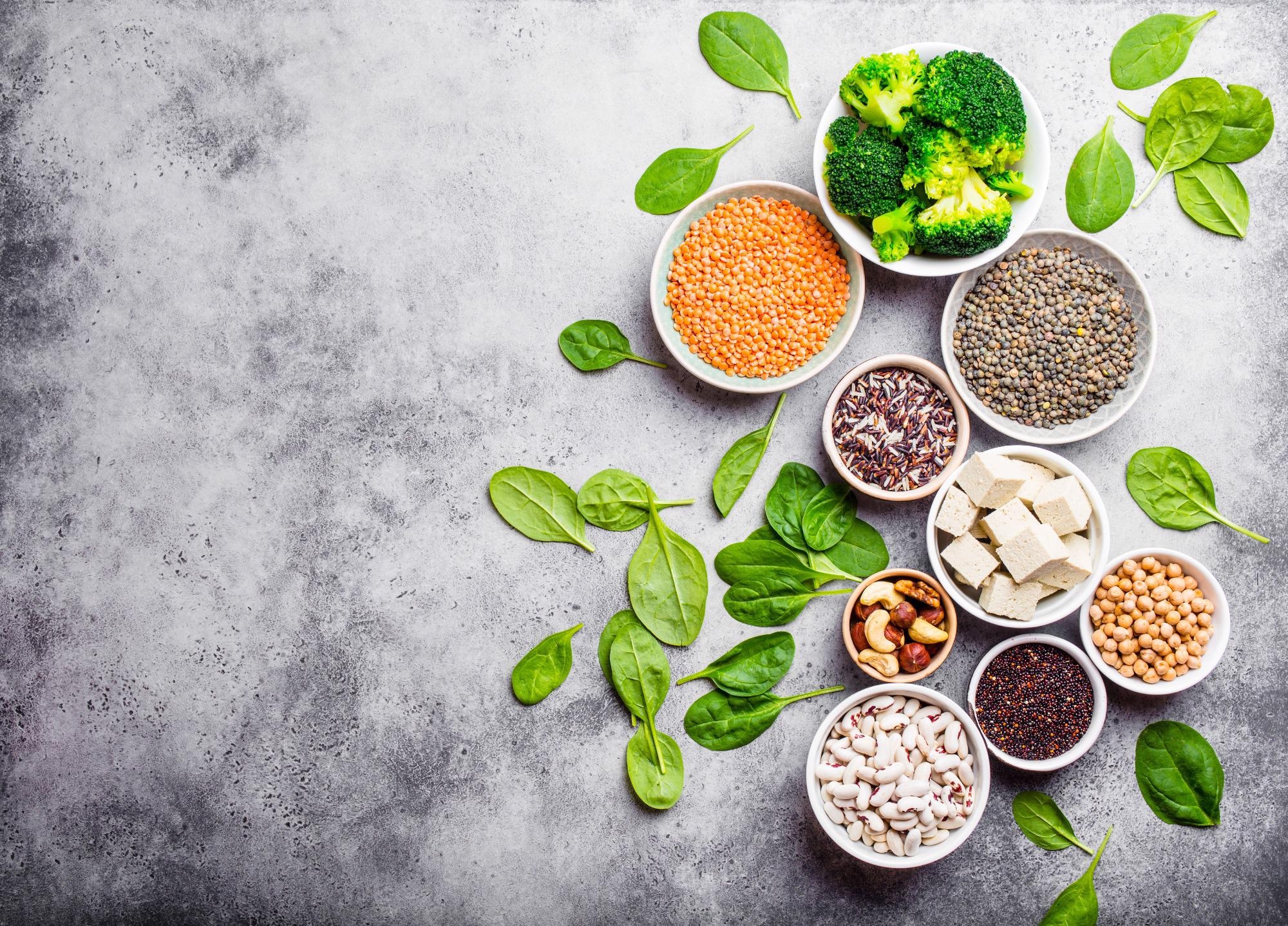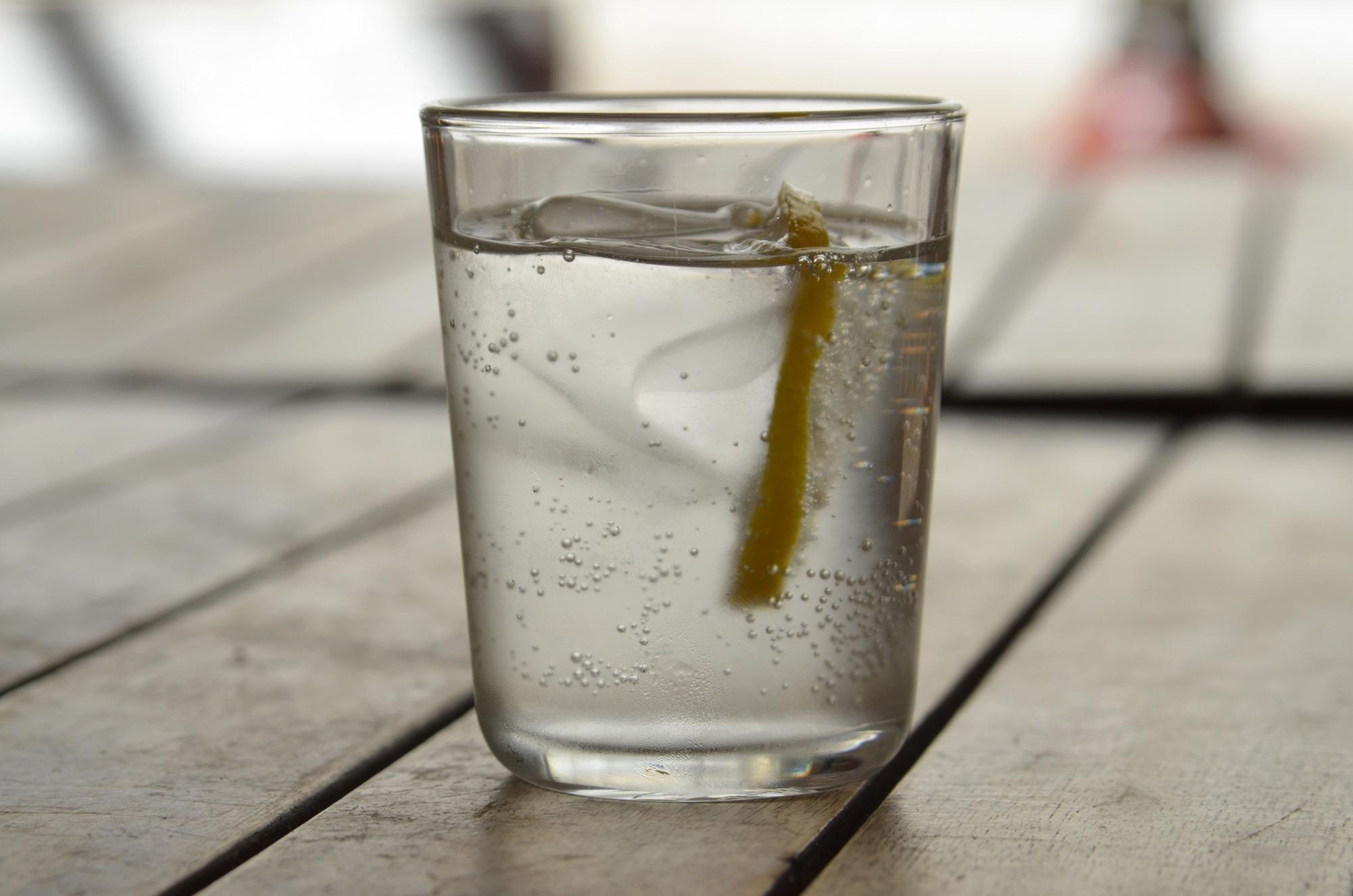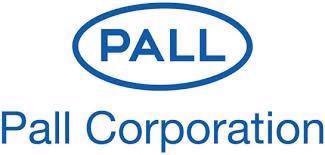2020 proved to be a challenging year for both consumers and manufacturers as Severe Acute Respiratory Syndrome Coronavirus 2 (SARS-CoV-2) changed the way individuals and communities shop and live.
The pandemic’s effect on the global climate is constantly changing, meaning that consumer brands and manufacturers must be agile and adapt quickly to ever-changing circumstances while simultaneously trying to stay on the pulse of popular current trends.
Numerous countries and regions have required their citizens to reduce social interaction between people, with many enforcing limits on public gatherings, out-of-home entertainment, dining out and other activities.
As a result, many consumers have been prompted to reflect on their priorities during this particularly isolating time.
Many consumers have taken the opportunity to get creative, focusing on hobbies and DIY projects, while others have taken the time to focus on personal fitness. The majority, however, have focused on overall health and immunity – with face masks, regular hand washing and social distancing rapidly becoming the norm.
COVID-19 has significantly impacted the food and beverage industry, with more consumers cooking at home and looking for food and ingredients to support overall health.
Consumer brands and manufacturers must consider how these new behaviors will affect the food and beverage industry in 2021 and beyond.
This article explores four current trends, evaluating their potential impact on food and beverage manufacturers.
Plant-Proteins Go Global

Image Credit: Elena Eryomenko/Shutterstock.com
As the trend continues to evolve, plant-based food products are quickly reaching global phenomenon status.
Investment company UBS projects global growth in plant-based food to increase from $4.6 billion in 2018 to $85 billion in 2030. A study from DuPont Nutrition and Health recently revealed that 52% of US consumers are currently eating more plant-based foods for health reasons.
Rising mainstream appeal is anticipated to drive the expansion of plant-based foods to new categories and regions throughout 2021. This is set to include increasing demand for plant proteins, new formats, and more sophisticated alternatives.
Manufacturers will not only have to build a suitable protein base, but they must also format and flavor it appropriately.
This demand is actually outpacing the development of plant-based food technologies, which aim to address the unique challenges linked to such products.
For example, plant proteins tend to be bitter, requiring the addition of appropriate taste modulators. They may also be crumbly or gritty, requiring the use of specific ingredients to create smoother, more cohesive formulations.
The production process should minimize potential denaturation effects (chemical, thermal, or mechanical) in order to preserve natural functionalities, as well as preventing contamination (fat, suspended solids, bioburden).
Manufacturers successfully addressing these issues will be better placed to grow their product-demand.
Hard Seltzer Still Maintaining Popularity

Image Credit: Julie Blattberg/Shutterstock.com
Alcoholic and non-alcoholic drinks are beginning to converge as consumers continue to explore ways of living healthier. FoodDive reported that in 2019, sales of malt-based cocktails increased by 574% and hard seltzer increased by 193%.
As a result, product diversification is occurring widely as brands start to include malt-based beverages in their respective portfolios. Examples include ABInBev, who acquired SpikedSeltzer in 2016 and Constellation Brands, who recently acquired a minority stake in Press premium Hard Seltzer.
Both Millennials and Generation Z have proven to be fans of ‘the claws,’ often utilizing hashtags like #NoLawsWithTheClaws and #WhiteClawSummer on social media to externalize their growing passion for the WhiteClaw brand.
Brands such as Bon and Viv, High Noon, and Truly are gaining followings among more health-conscious consumers.
Beer and liquor manufacturers should consider acquiring or creating a hard seltzer in order to take advantage of this consumer trend and ensure competitiveness.
It should be noted, however, that hard seltzer is not the only ‘healthier’ alcoholic drink, and manufacturers should anticipate additional ‘better-for-you’ options such as boozy Kombucha entering the market.
Unique Flavors Continue to Dominate the Market
Because people have been under orders to stay at home or quarantine, therefore many of these have begun cooking more sophisticated meals at home in order to ensure that they remain in good health.
More and more, consumers are interested in healthier, immunity-boosting foods that contain less sugar. Given the current climate, immunity is a central topic of discussion, with flavors and ingredients such as elderberry, turmeric, echinacea and citrus becoming increasingly popular and performing well.
Functional ingredients are also successful; for example, spices and botanicals, as well as healing herbs like ginger, turmeric, lavender and honey. Many consumers view these ingredients as a quick and easy means of improving their diets.
Conversely, some consumers have little or no interest in cooking at home, and these consumers that would traditionally dine out often are now relying on easy-to-prepare meals or pre-packaged goods to reduce some of the pressures associated with the current situation.
Comfort food is a common indulgence for many people during stressful or difficult periods, and consumers are currently searching for mood-enhancing products to positively influence the way they feel.
Nostalgic and comfort foods are performing well as a result of this, such as ice cream, chocolate, cookie dough, cereal, and macaroni and cheese.
Manufacturers much ensure that their flavors have exact color, aroma and taste - there is very little room for error.
Staying on top of these new trends also requires manufacturers to overcome technological limitations, continually improving processes and systems for better efficiency and quality.
Olive Oil is Making a Comeback

Image Credit: Dusan Zidar/Shutterstock.com
As health-conscious consumers started to cook with alternatives to vegetable oil and canola, the oil market quickly became ripe for disruption, with avocado and coconut oil entering the market before quickly growing.
Diet trends such as keto and paleo diets have also become more popular, prompting many consumers to once again cook using real butter.
There has been some debate on whether medium-chain triglycerides (MCT)-rich products and flavored butter products are as healthy as consumers have been led to believe.
While there is a lack of robust evidence on whether they are good or bad, one fat is supported by scientific evidence as being good for health: extra-virgin olive oil.
Compounds found in Elenolide and Tyrosol help to protect the human body against neurodegenerative diseases, as well as being beneficial in lowering blood pressure.
Despite ongoing discussion around which fats are healthier, olive oil continues to be a common pantry staple, with ReportLinker.com reporting that the global olive oil market is expected to reach $13.8 billion by 2027.
The pandemic has seen many consumers continuing to limit shopping excursions, making products’ shelf-lives an increasingly important consideration. Alongside shelf-stability, however, olive oil producers must ensure that the product maintains appropriate flavor and consistency.

This information has been sourced, reviewed and adapted from materials provided by Pall Corporation.
For more information on this source, please visit Pall Corporation.